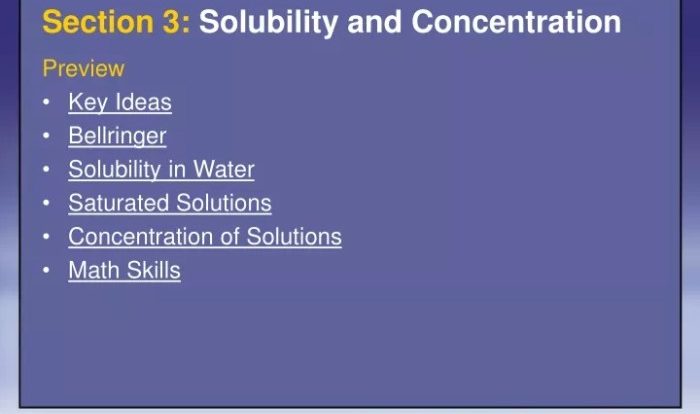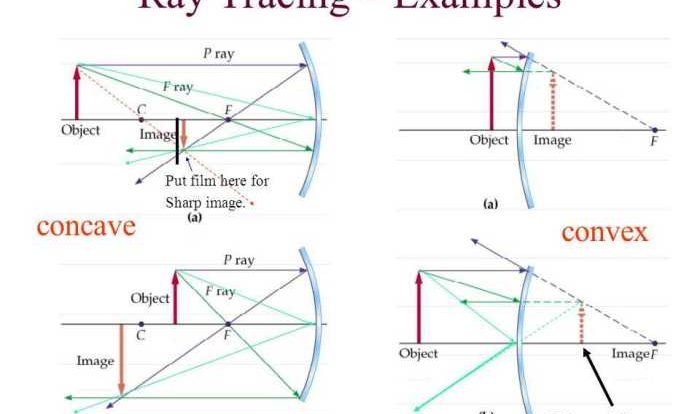Structure of the atom worksheet answers – Embark on a captivating journey into the realm of atomic structure with our comprehensive worksheet answers. Unravel the mysteries of the atom, delving into the fundamental particles, their arrangement, and the profound implications they hold for our understanding of the universe.
Prepare to grasp the concepts of atomic number, mass number, and electron configuration, gaining insights into the periodic trends that govern the behavior of elements. Explore the fascinating world of chemical bonding, discovering how atomic structure influences the formation of compounds that shape our world.
Structure of the Atom

An atom is the fundamental building block of matter. It consists of three fundamental particles: protons, neutrons, and electrons.
Protons and neutrons are located in the nucleus, which is the central core of the atom. Protons have a positive charge, while neutrons have no charge. Electrons are located outside the nucleus, in regions called electron shells. Electrons have a negative charge.
The number of protons in an atom determines its atomic number. The number of neutrons determines the isotope of the atom. Isotopes of the same element have the same number of protons but different numbers of neutrons.
Electrons are arranged in shells around the nucleus. Each shell can hold a certain number of electrons, with the first shell holding up to 2 electrons, the second shell holding up to 8 electrons, and so on.
The arrangement of electrons in the shells determines the chemical properties of the atom. Atoms with similar electron configurations tend to have similar chemical properties.
Atomic Number and Mass Number
The atomic number of an atom is the number of protons in its nucleus. The mass number of an atom is the total number of protons and neutrons in its nucleus.
To calculate the number of protons, neutrons, and electrons in an atom, you can use the following formulas:
- Number of protons = Atomic number
- Number of neutrons = Mass number – Atomic number
- Number of electrons = Atomic number
For example, an atom of carbon has an atomic number of 6 and a mass number of 12. This means that it has 6 protons, 6 neutrons, and 6 electrons.
Isotopes are atoms of the same element that have the same number of protons but different numbers of neutrons. For example, carbon-12, carbon-13, and carbon-14 are all isotopes of carbon. They all have 6 protons, but they have different numbers of neutrons (6, 7, and 8, respectively).
Electron Configuration
Electron configuration is the distribution of electrons in the electron shells around the nucleus.
The first shell can hold up to 2 electrons, the second shell can hold up to 8 electrons, and so on. The electrons are arranged in the shells in order of increasing energy.
The electron configuration of an atom can be written using a notation called orbital notation. In orbital notation, each electron is represented by an arrow. The arrows are placed in boxes that represent the electron shells.
For example, the electron configuration of carbon is 1s 22s 22p 2. This means that carbon has 2 electrons in the first shell, 2 electrons in the second shell, and 2 electrons in the third shell.
Periodic Trends
The periodic table is a tabular arrangement of the chemical elements. The elements are arranged in order of increasing atomic number.
The periodic table can be used to identify periodic trends. Periodic trends are trends in the properties of the elements that occur as you move across or down the periodic table.
Some of the most important periodic trends include:
- Atomic radius: The atomic radius is the distance from the nucleus to the outermost electron shell. The atomic radius generally decreases as you move across a period and increases as you move down a group.
- Ionization energy: The ionization energy is the energy required to remove an electron from an atom. The ionization energy generally increases as you move across a period and decreases as you move down a group.
- Electronegativity: The electronegativity is the ability of an atom to attract electrons. The electronegativity generally increases as you move across a period and decreases as you move down a group.
Chemical Bonding
Chemical bonding is the process by which atoms join together to form molecules and compounds.
There are three main types of chemical bonds:
- Ionic bonds: Ionic bonds are formed between atoms that have opposite charges. For example, sodium and chlorine can form an ionic bond because sodium has a positive charge and chlorine has a negative charge.
- Covalent bonds: Covalent bonds are formed between atoms that share electrons. For example, hydrogen and chlorine can form a covalent bond because they both have one electron to share.
- Metallic bonds: Metallic bonds are formed between atoms of metals. For example, sodium and potassium can form a metallic bond because they both have one electron to share.
The type of chemical bond that is formed between two atoms depends on the electronegativity of the atoms.
Applications of Atomic Structure: Structure Of The Atom Worksheet Answers
The understanding of atomic structure has led to many important advances in science and technology.
Some of the applications of atomic structure include:
- Medicine: The understanding of atomic structure has led to the development of new medical treatments, such as radiation therapy and chemotherapy.
- Materials science: The understanding of atomic structure has led to the development of new materials, such as semiconductors and superconductors.
- Nuclear energy: The understanding of atomic structure has led to the development of nuclear energy, which is a clean and efficient source of energy.
Question & Answer Hub
What are the fundamental particles of an atom?
Protons, neutrons, and electrons
How do I calculate the number of protons and electrons in an atom?
Atomic number equals the number of protons, which also equals the number of electrons in a neutral atom.
What is electron configuration?
The distribution of electrons within the energy levels of an atom.


